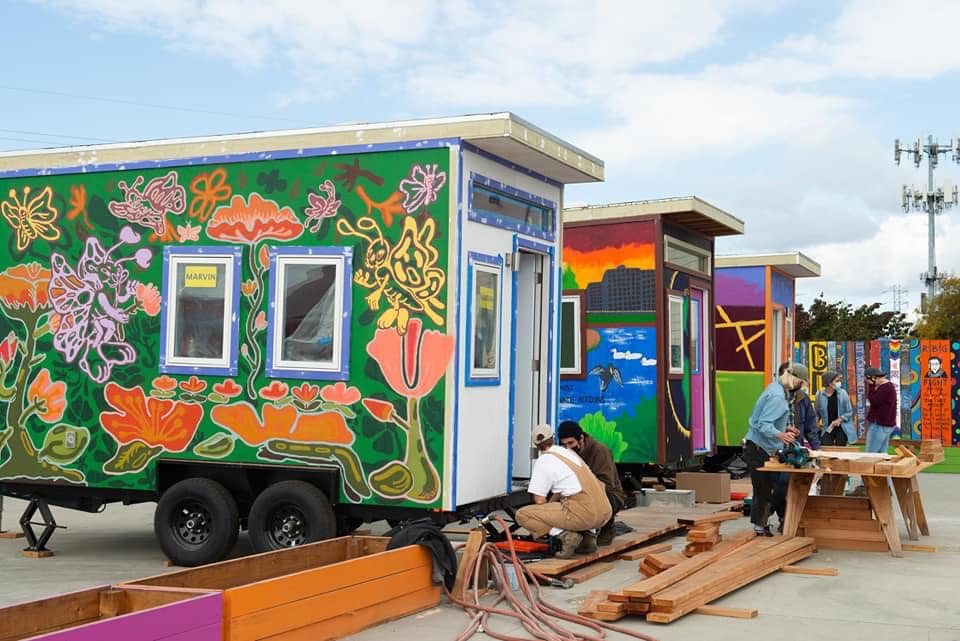Half would be earmarked for extended foster care housing

Amid recent news that 1 in 4 California foster youth face homelessness after aging out of foster care, a bill moving through the state Legislature aims to invest $100 million in increasing the housing stock for this particularly vulnerable population.
San Francisco Democrat Scott Wiener’s Senate Bill 234 would establish a forgivable loan program for government agencies and nonprofits to create new affordable housing units for 16- to 26-year-olds struggling with homelessness and those exiting the child welfare and juvenile justice systems. The Transition Age Youth Housing Program would allow these organizations to acquire property and convert it to housing or construct new units.
“It’ll be a really strong infusion of investment into a group that’s been historically underfunded,” Wiener said in an interview with The Imprint. “This is a population that if we can either keep them from becoming homeless or lift them out and stabilize them, it’s a really wise investment.”
According to the federal government’s most recent count, there were 12,000 unaccompanied homeless youth in California in 2019, though experts generally agree that’s likely an undercount. Former foster youth and those who’ve been caught up in the juvenile justice system are among the populations most at risk of homelessness.
California provides extended foster care benefits to young people ages 18 to 21, but often there is simply not enough housing supply, even for those with stipends in hand. The options that do exist often have monthslong waiting lists, leaving some young people homeless even while they are in the state’s care.
Wiener’s bill aims to augment the supply for this group, who number roughly 8,200 as of October, as well as for other homeless young people, by providing publicly funded loans that would be forgiven as long as providers served at-risk youth for five years or more. Half of the $100 million fund would be earmarked for projects serving teens and young adults in extended foster care.
Eligible projects would address both the long-term housing crisis and the more recent fallout from the coronavirus pandemic. Last year, through executive action and legislation, the state government prevented youth from “aging out” of foster care during the public health and economic crisis, guaranteeing continued financial and housing support through June 31.
While this was done to protect vulnerable youth during a historic crisis, it put further pressure on an already insufficient housing supply by halting the turnover that typically occurs as youth age out of housing reserved for those in extended foster care, and by increasing the number of eligible young people competing for each spot.
Meanwhile, statewide efforts to address the pandemic’s impact on California’s long-standing shortage of affordable housing did not offer much to vulnerable young adults. According to a recent report by the nonprofit John Burton Advocates for Youth, less than 1% of funds from programs like Project Homekey – which converted hotels and motels to housing units for thousands of homeless people – went to youth-focused housing services.
“There was no strategy to ensure youth were served,” said Simone Tureck Lee, the group’s health and housing director. This shortcoming, she said, illustrates the need for housing projects designed specifically to serve homeless teens and young adults.
The idea behind Wiener’s bill is that if nonprofits and government agencies own youth housing units, the challenge they currently face of beating out private renters in California’s wildly competitive housing market is eliminated, stabilizing both supply and cost of units for youth in need.
An impartial analysis of the bill created to brief lawmakers on the issue and context stressed the need for targeted programs for this population: “This funding and the availability of youth-specific services are critically important to ending youth homelessness.”
Banking on a surprisingly strong state economy bolstered by the recently passed $1.9 trillion federal stimulus package, Wiener expressed confidence that a one-time spending project like SB 234 has a good chance of success. It passed its first committee hearing unanimously in March, with bipartisan support.
Although Wiener declined to state just how many units of housing his bill would fund, Tureck Lee estimated it could create between 150 and 200 new housing units statewide, “which is great,” she said. “But the need is so much greater than that.”
Chuck Carroll contributed to this report.





